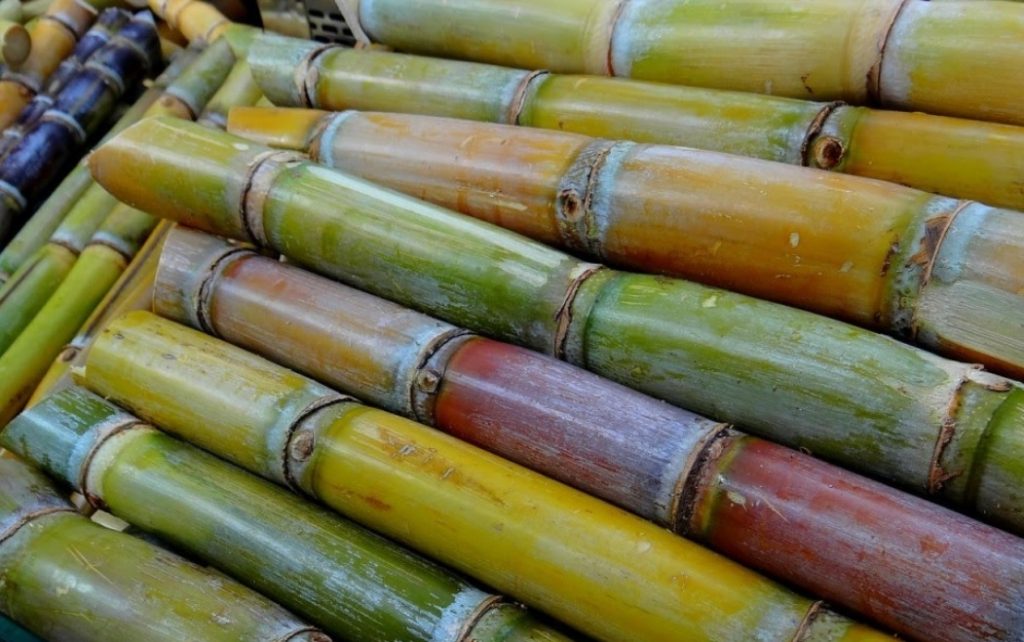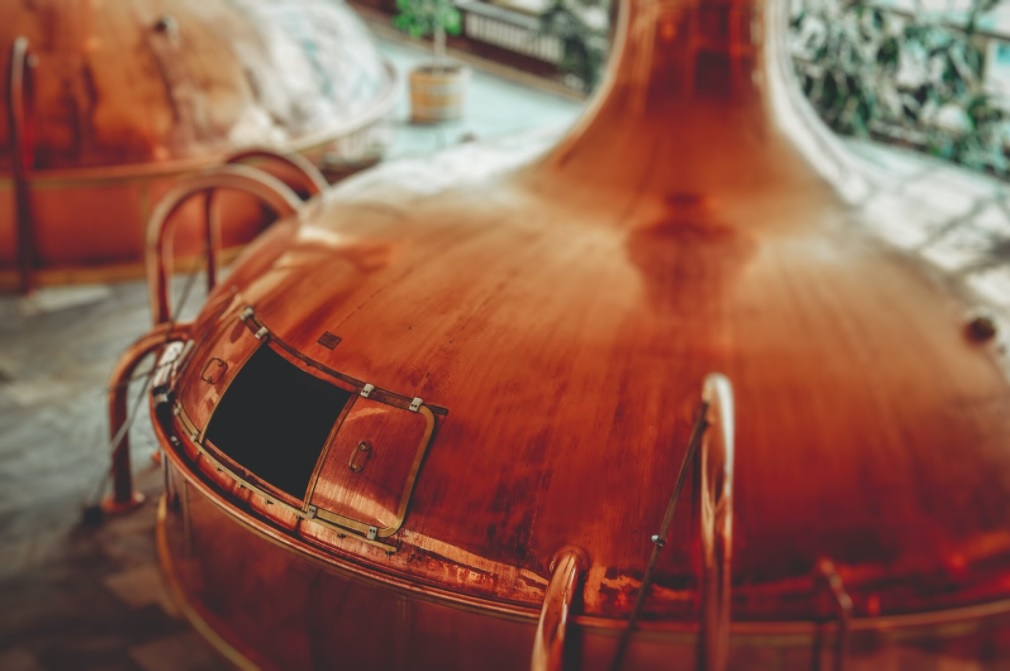Rum is one of the most consumed spirits annually worldwide. However, the production and ageing process of this sweet spirit is not as well known.
HARVEST
Rum is produced from Genus Sccharum officinarun, a large plant better known as sugar cane.
It can take between ten months and twelve years for this plant to reach sufficient maturity to harvest and extract the sugar from it, depending on where it has been grown. This specific maturity is reached just before the cane flowers when the sugar concentration is at its maximum level. As the sugar accumulates in the lower stems, these are cut at ground level. These same stalks are cut into pieces and passed through a series of mills several times. They are watered as they are crushed, since, by soaking the fibres, the residual sugar is dissolved, thus increasing the amount of sugar extracted. The resulting cane juice is called vesou and the residual viscous liquid is molasses.
In this way, two types of rum can be distinguished according to the raw material from which it comes:
- Rhum Agricole: This type of rum is made from the fresh juice of sugar cane and is produced mainly in the French Caribbean. The word is written with an “h”, rhum, normally refers to agricultural rums.
- Traditional Rum: This rum, also known as industrial rum, is distilled from molasses, which is a dark, sticky juice, similar to honey, a subproduct that comes from sugar production. This type of rum is usually produced in the Spanish and British ex-colonies, such as Trinidad and Tobago, and Jamaica.

FERMENTATION
The next step to follow is that of fermentation. In order to produce rum, the sugar cane juice or molasses must be diluted in water. To this mixture, the yeast is added, which converts the sugars of this liquid into alcohols. Depending on the type of yeast added and the style of rum to be produced, this process can occur in a period of time as short as 24 hours or it can be extended up to three weeks.
This stage is fundamental in the development of the flavours of the future rum, the fermentation of the juice of the sugar cane is carried out in diverse ways in different parts of the world, giving as result a very ample aromatic range.
DISTILLATION
The next step is distillation. The concept and basic mechanics of distillation are simple. The fermented liquid is heated in a sealed container to approximately 80 degrees Celsius, thus separating the alcohol from the water in a must.

Two types of distillation can be distinguished:
- Pot (Alembic) Stills – Batch Distillation: This “batch” distillation technique requires the alembic to be stopped regularly so that it may be rested and cleaned before being refilled with another batch for distillation. Of the two distillation methods, this is the more traditional.
- Continuous Stills Distillation: Normally consists of two or four columns, each feeding the next. This type of distillation does not require any interruption, as it is the columns that are fed continuously. Similarly, this technique, which consists of different levels of concentration, through which the vapours circulate, makes it possible to monitor and control the aromatic profile of the rum.
AGEING
Ageing is the process that takes rum if aged to the next level, as white rum lacks the sophisticated flavours and amber and golden hues of the most sophisticated rums.
Most rums are usually aged in oak barrels that have been previously used to age whiskey or bourbon. During the period of time in which the rum is aged in these barrels, it acquires tannins, flavour and colour from the wood of the barrels.
We can distinguish between two types of ageing:
- Static ageing system: This method consists of having a row of barrels filled with rum of the same age to be aged. As time goes by, a proportion of the rum evaporates and leaves a decrease in the barrels. These barrels are filled together in order to save space.
- Criaderas and soleras system: This consist of arranging rows of barrels (criaderas) on top of each other. The first row of barrels, called solera, is on the floor and the rum arranged in these barrels is the oldest. The criaderas are placed on top of this row. The criadera just above the solera contains younger aged rum, and the criadera above it has the younger rum.
Once the rum has reached the desired maturity, a portion is cascaded from the upper row of barrels to the second, and so on, until it reaches the row closest to the floor. In this way, and with the help of a master blender, several rums from different vintages can be blended to achieve specific characteristics.

